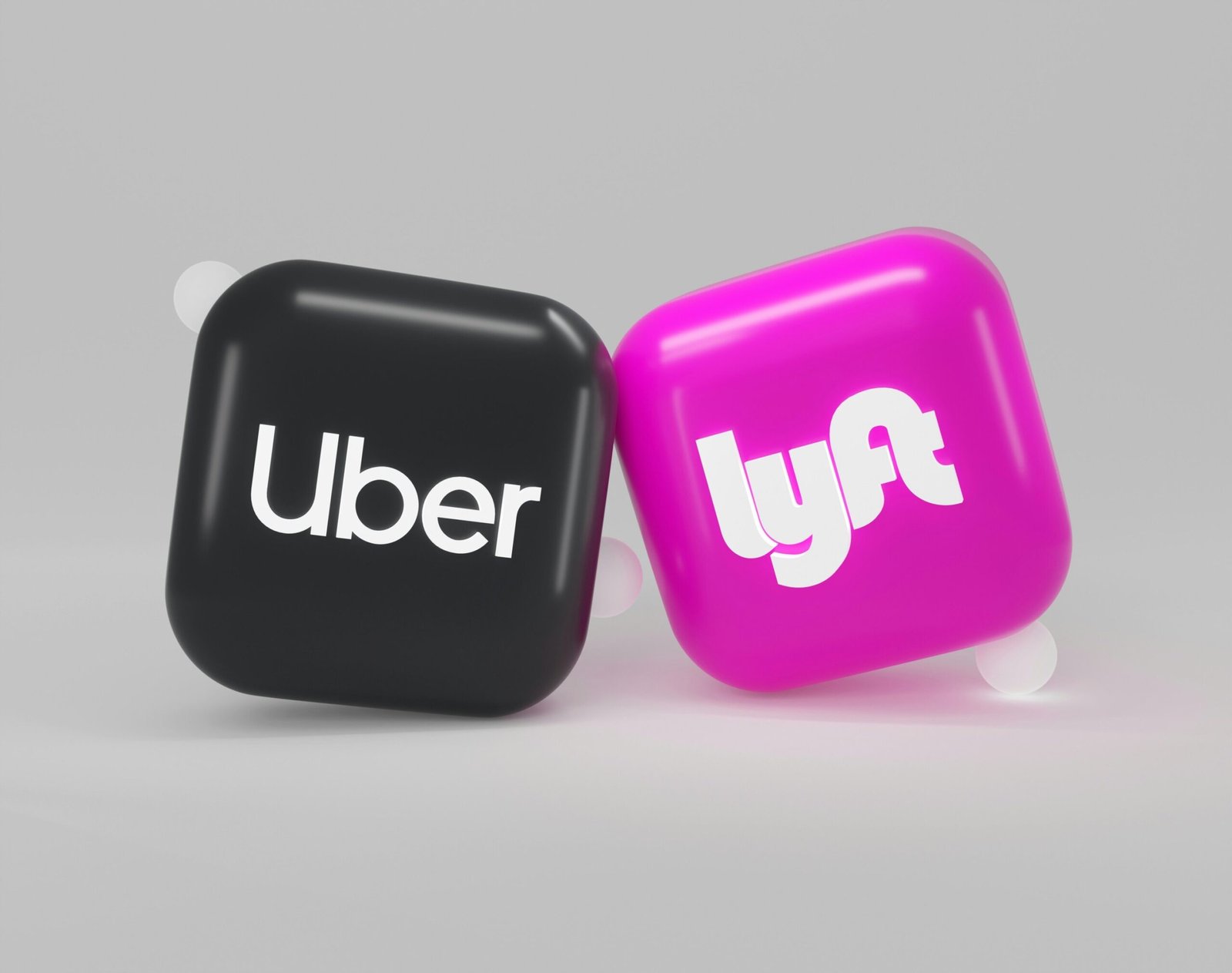
It’s no secret that the composition of the American economy is changing. As the manufacturing sector continues to decline, the balance is slowly tipping even further away from goods and towards services. In line with this larger trend, many firms have been leaning toward newer business models that give customers choices other than outright ownership of a product, such as pay per use (Uber, etc.) or subscriptions (Spotify, Netflix, etc.). Researchers have dubbed this phenomenon “servicization.”
Ioannis Bellos, associate professor of information systems and operations management (OM) and MBA Program Director at the Donald G. Costello College of Business at George Mason University, and Hang Ren, associate professor of OM at Costello, have published research exploring how servicization can live up to its massive potential.
For example, their recently revised book chapter (co-authored by Mark Ferguson of University of South Carolina) for the second edition of “Sustainable Supply Chains” revisits the great expectations around servicization. Many thought the transition from products to services would automatically boost the “triple bottom line,” producing big net gains for profits, people, and the planet.
The expectation was that servicization would incentivize more sustainable consumption, because price was tied to usage rather than a one-time sale. In turn, longer, less committed customer relationships would raise the customer-service bar for companies. Additionally, companies could recapture and reuse equipment provided to consumers as part of the service, which could further fuel profits while curbing emissions.
But the real track record of servicization is more mixed. Bellos and Ren’s book chapter covers Xerox, Rolls-Royce, and other firms that have successfully gone from all-product to all-service, or transitioned to a hybrid business model. However, there have also been high-profile failures. For example, Zipcar and other car-sharing companies have enjoyed long-term success, but similar ventures by leading automakers BMW, General Motors, and Ford quickly folded.
On the environmental sustainability front, a 2017 paper by Bellos and Vishal Agrawal of Georgetown University suggests that asset-sharing models (like car-sharing and other similar business models) may not always reduce carbon footprint.
In fact, they could be a net negative for the planet. This is because the emission-reducing effects of pooling (i.e. multiple customers sharing the same resource, in this case a rented car) are outweighed by increased usage resulting from more affordable access to assets that typically require a big upfront cost. The researchers found that product-service hybrids were better for the planet than selling services alone, in cases such as car sharing with strong pooling and the bulk of emissions originating from product usage rather than production.
Even under these conditions, however, there may be a (temporary) sustainability advantage to servicization when it helps introduce consumers to more environmentally friendly product options. For example, car sharing is a low-risk way for people to try out electric vehicles (EV) that they are considering buying. And this may have a multiplier effect through customer word of mouth.
A 2023 working paper authored by Ren, Tingliang Huang of University of Tennessee, and Georgia Perakis of MIT found that such “social learning” can play an important role in EV adoption, and could even make a difference to the success of government subsidy schemes.
“Accounting for social learning can potentially benefit society,” Ren states.
From the standpoints of “profit” and “people,” successful servicization often depends on a company’s ability to adopt an entirely different mindset. “If you think about services, the customer goes through a series of steps. It’s more like a relationship,” Bellos says. “You will be evaluated along many different dimensions, as opposed to being more transactional. It’s an expansive scope with more opportunities to fail.”
The book chapter points out that design thinking—a set of techniques that designers use to resolve customer challenges—can help companies reconceptualize the customer journey. A 2020 paper in Management Science, written by Bellos and Stylianos Kavadias of University of Cambridge, looks deeper into what this should look like.
The paper recommends deconstructing the customer journey into a series of steps, and assessing each step according to both its functional and experiential value. In other words, service designers should focus on the intangible aspects of every touchpoint, in addition to whether it fulfills its practical purpose.
However, it is also critical to view the customer journey holistically. What happens at one step can affect functional and experiential value further along the path. Therefore, problems that emerge at a certain step may be best addressed in an adjacent step—for example, streamlining the check-in process at a health clinic could reduce the amount of time patients spend in the waiting room.
Bellos and Ren’s book chapter suggests that the chief obstacle to successful servicization may be cultural. They cite Ford and Toyota, both of which now describe themselves as “mobility companies” rather than strictly automakers, as positive examples.
“Manufacturers need to realize they are in the solutions business and act on this realization,” Bellos and Ren write.
More information:
Ioannis Bellos et al, Moving from a Product-Based Economy to a Service-Based Economy for a More Sustainable Future, Sustainable Supply Chains (2024). DOI: 10.1007/978-3-031-45565-0_14
Provided by
George Mason University
Citation:
Research explores whether ‘everything as a service’ will live up to its great expectations (2024, September 3)
retrieved 3 September 2024
from https://phys.org/news/2024-09-explores-great.html
This document is subject to copyright. Apart from any fair dealing for the purpose of private study or research, no
part may be reproduced without the written permission. The content is provided for information purposes only.
